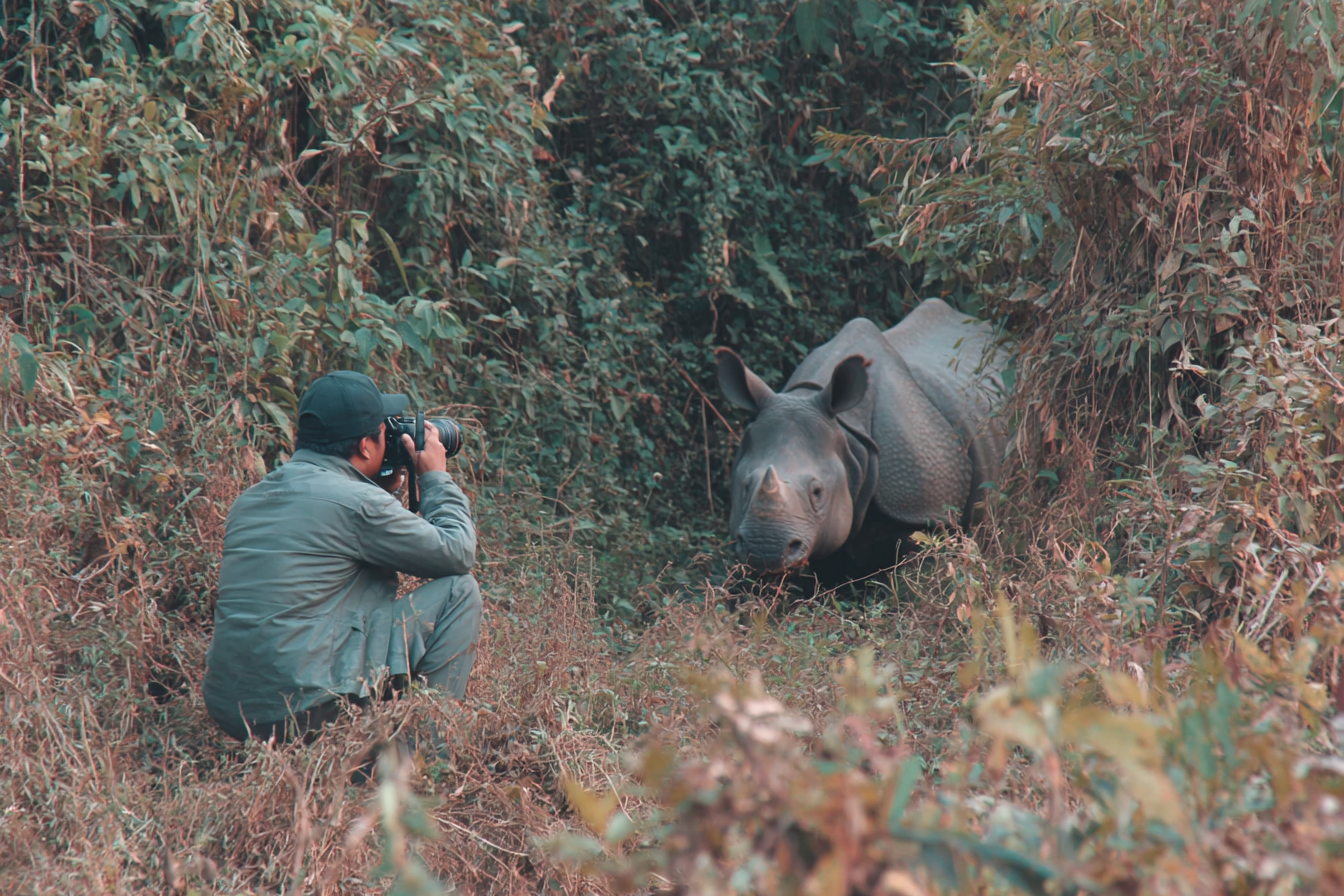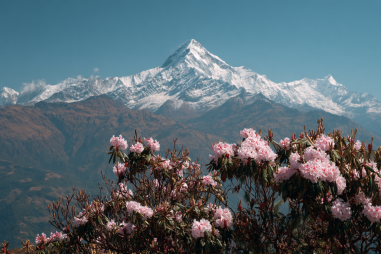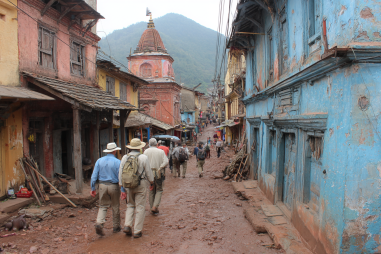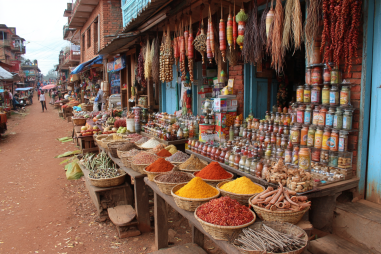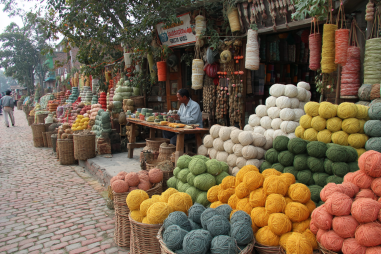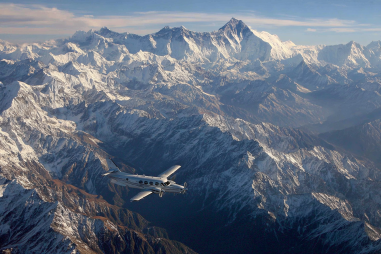Chitwan National Park in Nepal offers a photographer’s paradise, teeming with diverse wildlife and breathtaking landscapes. From the elusive Bengal tiger to the impressive one-horned rhinoceros, the park’s rich biodiversity provides endless opportunities to capture the wonders of nature. Whether you are a seasoned wildlife photographer or an enthusiastic beginner, this guide will help you make the most of your photographic journey in Chitwan National Park. We’ll explore the best times and locations for shooting, suggest the right equipment, discuss ethical considerations, share tips and techniques, and advise on safety and post-processing, so you can create stunning images that tell the stories of Nepal’s wildlife beauty.
Best Times and Locations for Photography
Timing is everything when it comes to wildlife and landscape photography in Chitwan National Park. The park experiences two main seasons: the dry season (October to May) and the monsoon season (June to September). The dry season is generally the best time for photography because wildlife tends to gather near waterholes, making animal sightings more predictable and frequent. Early mornings and late afternoons are especially golden hours, providing soft, warm light and heightened animal activity.
Some key locations within the park that offer excellent photographic opportunities include:
- Rapti River banks: Ideal for spotting rhinos and deer, these areas also provide beautiful reflections and natural framing.
- Grasslands near Sauraha: These open fields are great for photographing herds of elephants, wild boars, and various bird species.
- Tharu villages: For cultural and environmental portraiture, capturing the lifestyles of the indigenous Tharu community nestled close to the park.
- Jungle trails and elephant rides: These offer close encounters with wildlife such as spotted deer and birds, providing intimate photo opportunities.
Plan your excursions during the cooler parts of the day and allocate ample time for wildlife spotting and waiting patiently for the perfect shot.
Types of Equipment to Bring
Your choice of equipment can greatly influence the quality and scope of your wildlife photography in Chitwan. Since much of the wildlife behavior involves distance and unpredictability, having the right gear will help you capture sharp, detailed images.
- Camera body: A DSLR or mirrorless camera with fast autofocus and good low-light performance is ideal.
- Telephoto lenses: Lenses with focal lengths between 200mm and 600mm allow you to shoot animals at a safe distance without disturbing them.
- Wide-angle lenses: Perfect for capturing stunning landscapes, riverbanks, and dense jungle scenes.
- Tripod or monopod: Helps stabilize your camera for sharper images, especially during low-light conditions or long zoom shots.
- Extra batteries and memory cards: Wildlife photography can be time-consuming, so being prepared with spares is important.
- Protective gear: Rain covers and lens hoods protect your equipment from unexpected weather and dust.
- Binoculars or spotting scopes: Useful for initially spotting wildlife before switching to your camera.
Compact cameras or smartphones can also be suitable for casual shots, but for the best quality and versatility, investing in some of the above-mentioned gear is recommended.
Wildlife Behavior and Photography Ethics
Respecting the natural habitat and the well-being of animals is crucial. Understanding wildlife behavior will not only keep you safe but also increase your chances of capturing authentic moments.
- Observe quietly: Avoid sudden movements and loud noises to prevent scaring animals away.
- Maintain a safe distance: Use your telephoto lens instead of approaching animals physically.
- Avoid feeding or luring animals: This disrupts natural behavior and can be dangerous for both wildlife and humans.
- Follow park rules and guidelines: Don’t stray from designated trails or jeep safari routes unless permitted by guides.
- Be patient: Animals may take time to appear or behave naturally but rushing can miss genuine moments.
- Respect other visitors: Allow space and silence for everyone to enjoy the park’s beauty.
Keeping these ethics in mind helps preserve the park’s ecosystems and ensures that your photography experience is responsible and sustainable.
Techniques for Jungle and Landscape Photography
Chitwan National Park presents a mix of dense jungle and wide-open grassland landscapes, each requiring specific photographic techniques to capture their essence.
Jungle Photography Tips
- Use a fast shutter speed: Animals move quickly, especially in thick foliage—shutter speeds of 1/500th or faster help freeze action.
- Increase ISO wisely: In low light conditions under the canopy, increasing ISO helps maintain faster shutter speeds, but be aware of noise.
- Spot focus: Focus on the animal’s eyes to create compelling portraits with sharpness where it matters most.
- Utilize natural framing: Look for leaves, branches, or openings to frame your subject creatively.
Landscape Photography Tips
- Shoot during golden hours: Early morning and late afternoon light enhance colors and textures.
- Use a tripod: For stable, sharp wide shots and long exposures.
- Include foreground elements: Adding trees, flowers, or water elements in the foreground creates depth.
- Experiment with composition: Apply rules like the rule of thirds to balance sky, land, and water in your frame.
Additionally, carrying a polarizing filter can reduce glare and improve color saturation, especially around water bodies.
Safety Tips While Shooting
Your safety is paramount when photographing in a wildlife park like Chitwan. Here are some rules to keep in mind:
- Always go with a guide: Local guides are trained to navigate the terrain and identify safe zones.
- Stay inside vehicles or designated paths: Venturing off-trail can be dangerous due to unseen animals or terrain hazards.
- Wear appropriate clothing: Neutral colors blend with the environment, and sturdy footwear protects your feet.
- Carry insect repellent and water: Protect yourself from mosquitoes and stay hydrated during long hours of shooting.
- Watch for weather changes: Sudden rain can affect visibility and safety.
- Do not provoke or attempt to touch animals: Wild creatures are unpredictable and can be dangerous when startled.
Always report any unusual or dangerous animal behavior to park authorities or your guide immediately.
Post-Processing Suggestions
Once you’ve captured your images, a thoughtful post-processing workflow can enhance the final results while preserving natural authenticity.
- Adjust exposure and contrast: Correct any under or overexposed areas to restore image balance.
- Enhance colors carefully: Boost saturation and vibrancy to make your photos pop without making them look unnatural.
- Sharpen details: Improve clarity especially around animal subjects to bring out textures.
- Crop for better composition: Remove distractions from edges and focus attention on your main subject.
- Remove noise: Use noise reduction tools, especially for images taken at high ISO.
- Maintain ethical editing: Avoid heavy manipulation that misrepresents the scene or the species.
Software such as Adobe Lightroom and Photoshop are popular choices, but many smartphones and free apps also offer powerful editing features.
Capturing Timeless Memories
Chitwan National Park offers an extraordinary chance to witness and preserve the beauty of Nepal’s wildlife and landscapes through your lens. By carefully planning your shoots, choosing the right equipment, respecting the environment, mastering techniques, and maintaining safety, you can create images that not only showcase nature’s splendor but also tell meaningful stories. Each photograph becomes a lasting memory and a reminder of the priceless wilderness that thrives within this remarkable national park. So pack your gear, embrace patience, and get ready to capture the breathtaking moments that Chitwan has in store.

